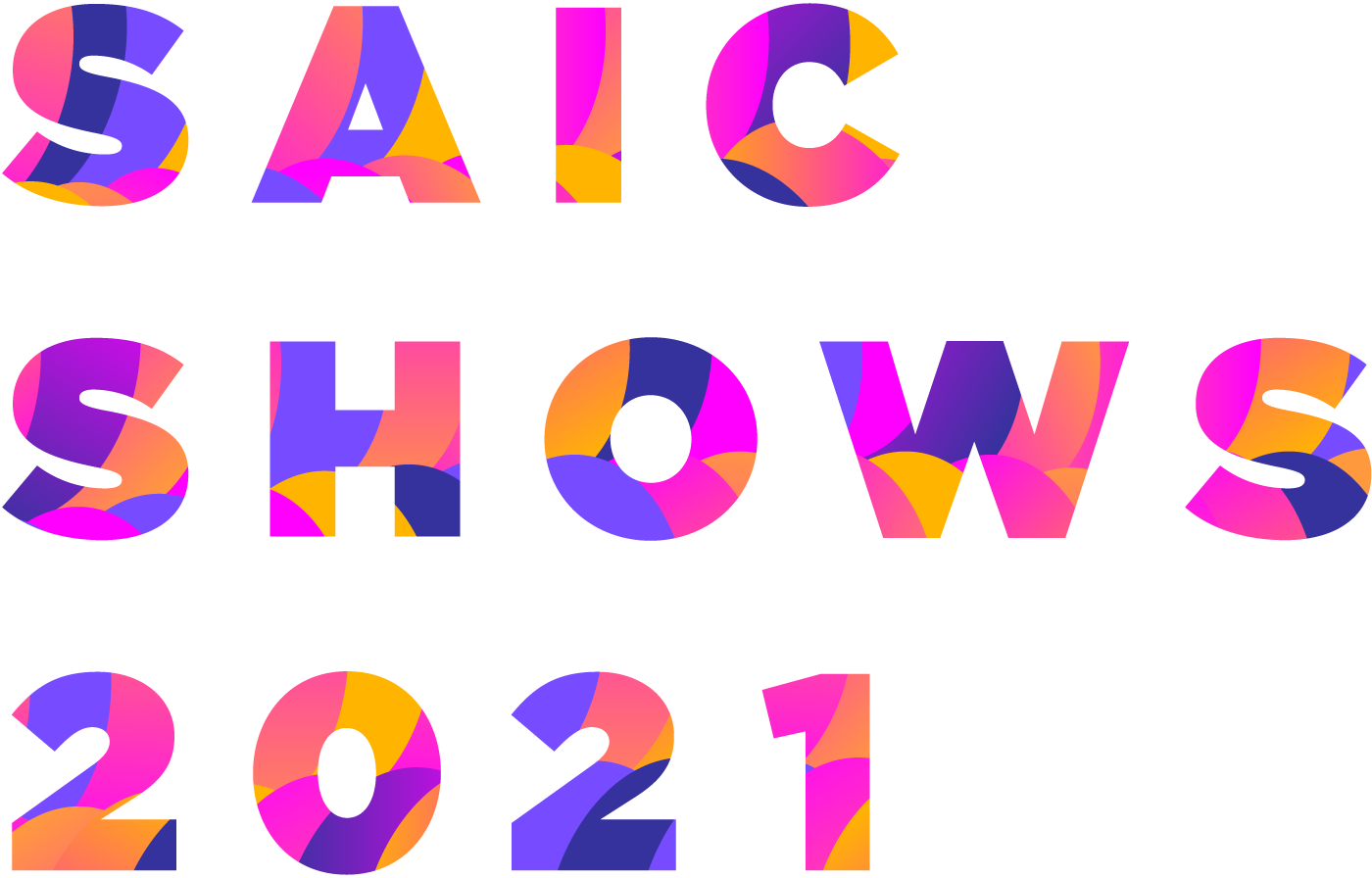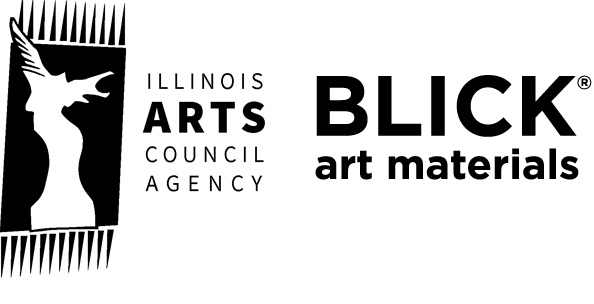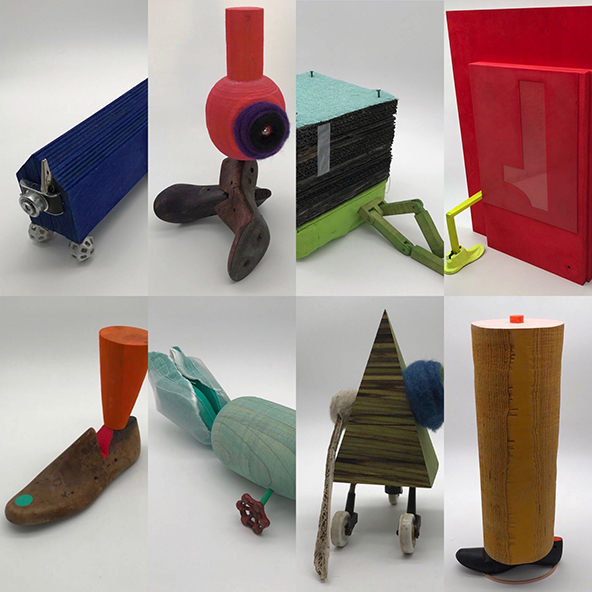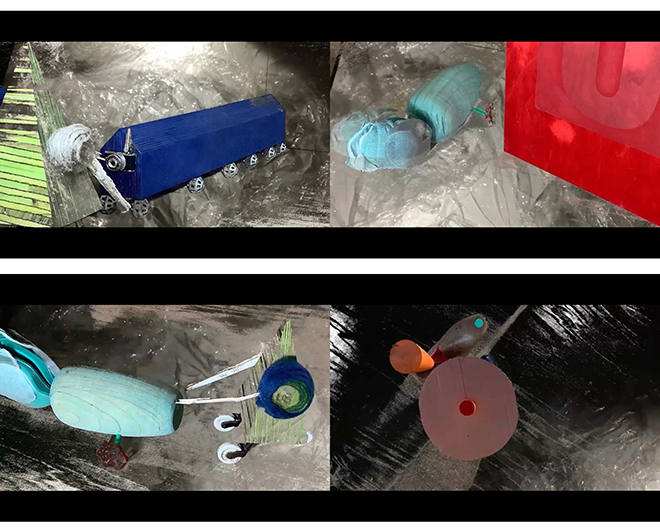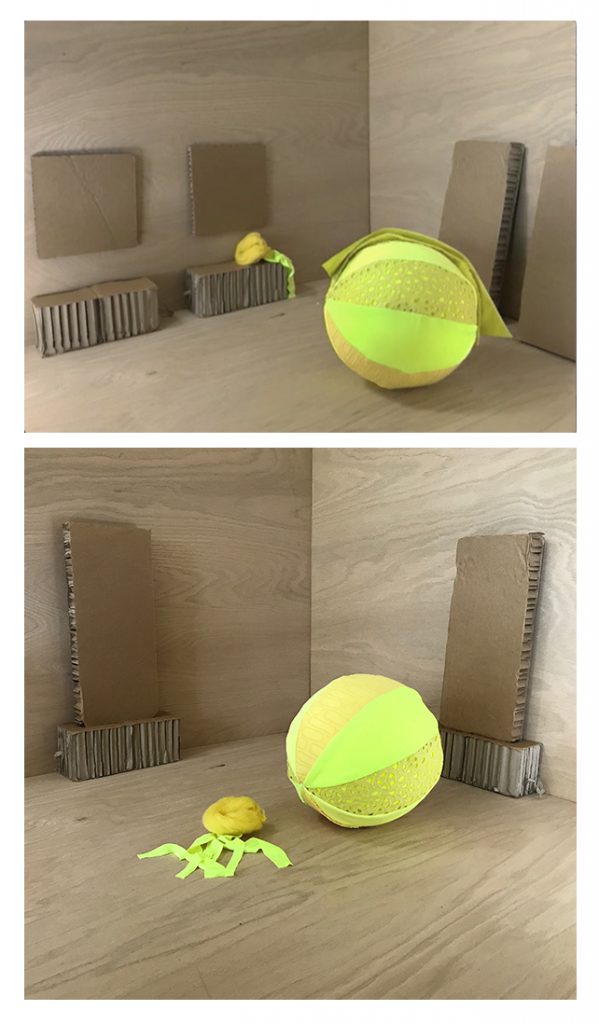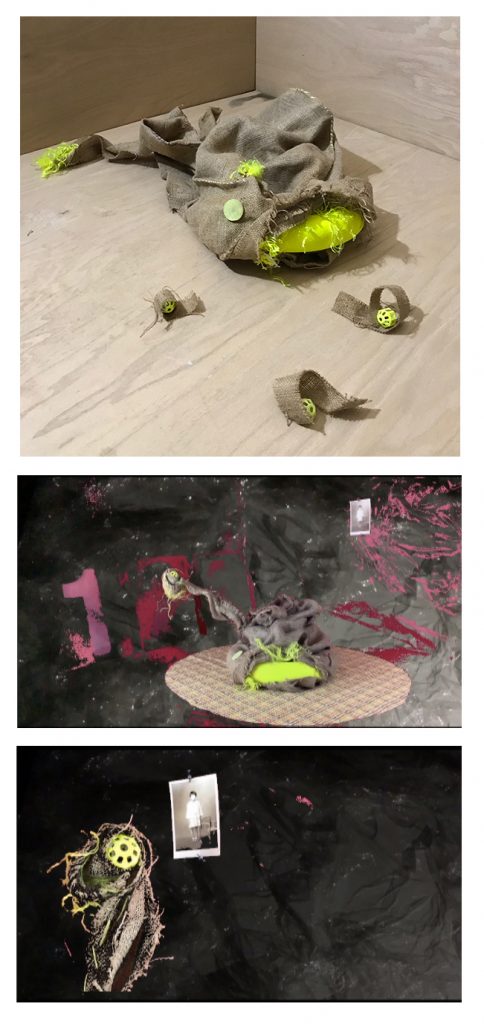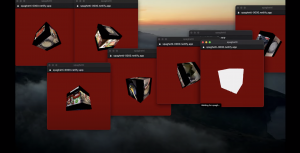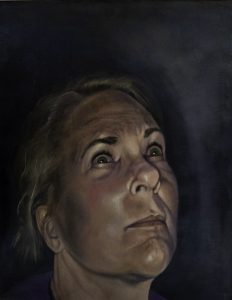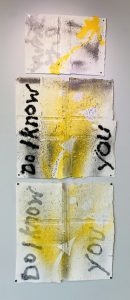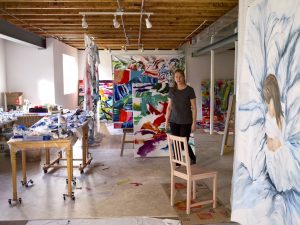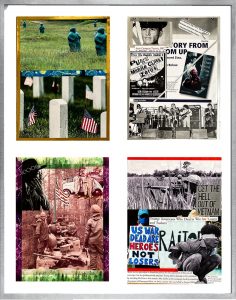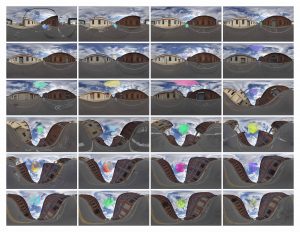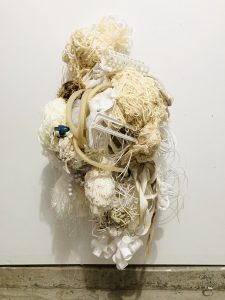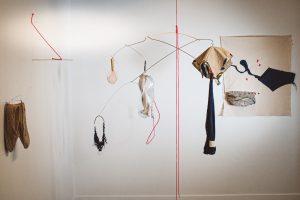Jen Fitzpatrick is from Detroit, Michigan. She has a BFA in Graphic Design and Art Education from the University of Michigan, and an MA in Sculpture from Wayne State University. She is currently an MFA candidate at the School of the Art Institute of Chicago. Jen worked as a production artist at Biomedical Communications in Ann Arbor and as a Glaser at Pewabic Pottery in Detroit. Jen comes from a family of artists; her grandmother was a fashion illustrator and painter from Cooper Union, her mother is a technical illustrator and painter from the U of M, and her father is a sculptor with an industrial design education from the U of M. Jen’s children are both artists; practicing in glass and digital video. Jen is an Assistant Professor at the College for Creative Studies in Detroit, and has taught both undergraduate and graduate studies for 21 years.
Is nonsense a sense? Senses such as sight, sound and touch are used to understand and make sense of experience. I propose that nonsense can be used in a similar manner to understand and make meaning of lived experience. Nonsense is equated with the illogical, it is foolishness. Nonsense is a paradox because it is both valueless and essentialist at the same time. My practice pursues the nonsensical language of material, time and memory. Taking what is patently ridiculous as a norm and using an absurdist lens, the strength of the normative and the order it dictates begin to fall apart.
Inside humor there is a place for sadness to be performed. Carol Burnett said: “I don’t have false teeth, do you think I’d buy teeth like these?” Nonsense working as a sense is a modality for arriving at the intersection of awareness, sensation and perception. The attributes of divergent behavior and exaggerated roles are part of the sculpture, video and poetry practices that I engage. When we play at absurdity to redraw connections to human complexity and lived experience, we build links to a neuro-diverse approach. Culture can reflect a nonsense-ability that is a sensibility for outsiders, those that exist beyond the “normal”. The performative nature of identity has been a part of my practice with color and materials. The nonsensical characters and behaviors reveal core selves. All the characters are in some way fragments of biography. My work has been a process of collecting, observing and codifying many selves, It is absurdist and unpacks the gesture of connection, as well as layers of disconnection. It has a surrealist bent, it’s unruly, even awkward, but is situated in grace.
The wit of the titles and the analog fabrication of my pieces give my objects nonsense-ability. The inanimate becomes animate, and the universe in which they live is both ridiculous and deeply felt. There is control in the execution, but spontaneity in the storytelling. The play is within a Play, I practice in world building wherein there is a flickering between the passive and unpredictable.
The objects are linked to bodies, the scale of them equal to limbs and appendages. The videos capture interactions, they move in silly and sometimes even violent ways. Trust, power, vulnerability, and anxiety intersect, providing a place for me to model how we create each other. Some objects are wood, others are either vivid fabrics or brutal burlap, and all are carefully and meticulously constructed. They are outfitted with found appendages of hardware, shoe forms, faucet handles, camera parts and bones. The colors codify roles that are then subverted and the choreography is both harmonious and ridiculous. The poems that accompany the works speak to feminism, mothering, childhood, longing, dissatisfaction, confusion, pain and gentleness.
Nonsensical art can serve as a subversive wedge to subvert the notions of time and certainty. Altering expectations with absurdity produces freedom, a chance to reassess and recalibrate the real. Standardization and norms feel melancholy and futile when confronted with absurdity, and nonsensical practices are a modality for liberating my individual lens. I use my work to insert a wedge into nested patterns of behavior and create nonsense from the sensible, producing iterations of novel possibilities. The nonsensical lens is a means of artistic generative acts; it allows artists to navigate the world earnestly. Attention, sensation and perception are part of the nonsensical lens, using the ridiculous we can understand what is reasonable, irrationality can decode judgment, and the improbable can reveal logic. In experimenting with the mother lens, the me too lens, the Q lens, the color lens, the materiality lens and neurally-diverse lens, more questions arise for me than are answered, propelling my work forward, honing my intuition, ready to change direction.
